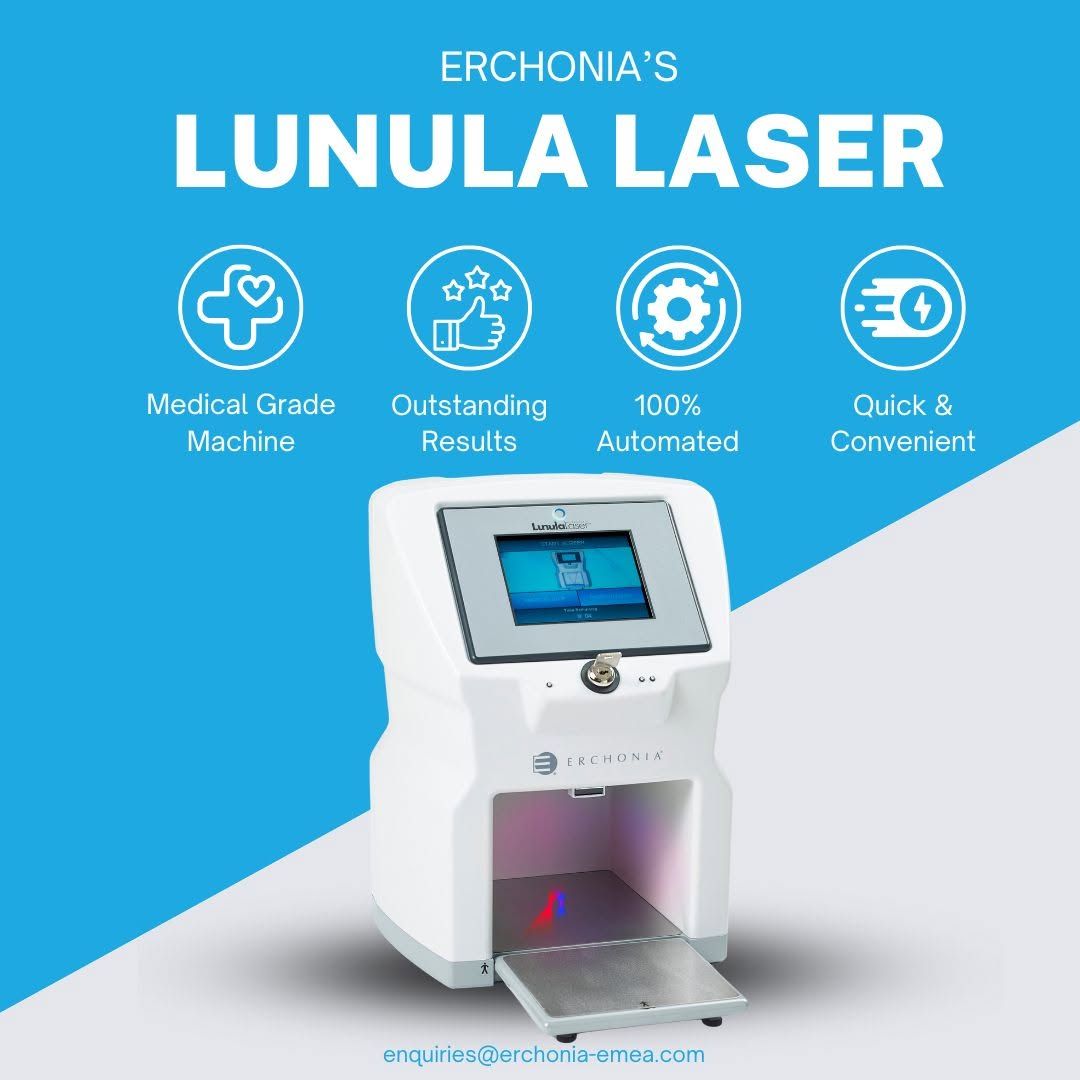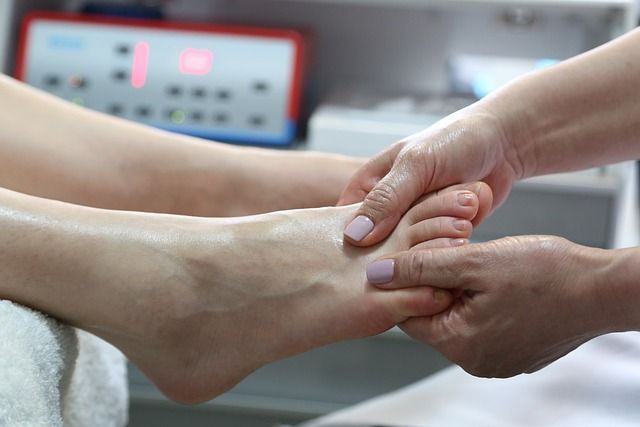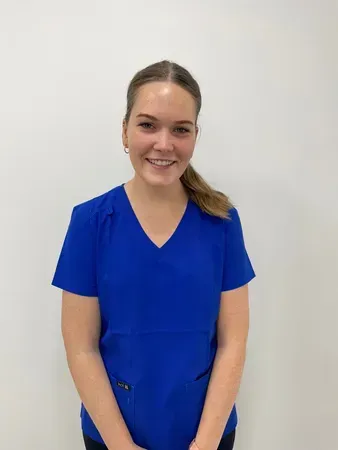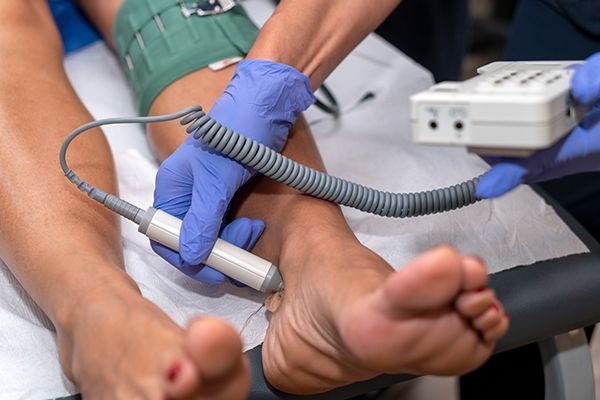Paediatric Intoeing By Caoimhne Byrne Podiatrist
Paediatric Intoeing - What is it??

Paediatric Intoeing
Signs of intoeing:
- Feet turn inward when walking, resulting in a ‘pigeon toe’ appearance. Both or only one foot may turn inwards.
- Difficulty with coordination during activities -prone to tripping and falling when running.
- Sitting in the ‘W-position’.
Causes of intoeing:
- Metatarsus adductus - the foot has a curved shape and the big toe deviates away from the lesser digits. This is common in infants and usually resolves by 2-3 years of age.
- Internal Tibial Rotation - The knees are front facing but the feet turn inwards. This usually resolves naturally by 6 to 8 years of age.
- Femoral Anteversion - Most common cause of intoeing, where the thigh bone is rotated internally, causing the legs to turn inwards giving a ‘knock knee’ appearance. It usually resolves by 6-8 years, but is still considered normal into the early teenage years.
In our clinic:
The podiatrist will carry out a thorough assessment to determine the cause of the intoeing, including a gait assessment, testing joint range of motion of the hips, knees and ankles and examining for any muscle imbalances.
If the intoeing is not resolving on its own, we can help encourage resolution by:
- Prescribing exercises to strengthen the outer hip muscles
- Stretching exercises for the inner hip muscles
- Discourage sitting positions such as the W position
- Prescription of paediatric insoles to assist with support and stability when walking.
- Referral to orthopaedics if required.












